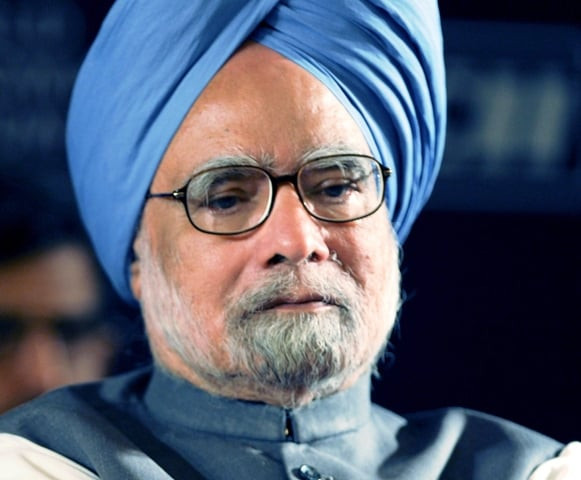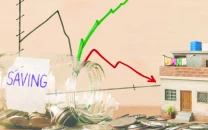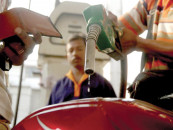India marks 20 years of reforms
'We shall make the future happen': Singh, then finance minister, in presenting his landmark budget on July 24, 1991.

Two decades ago, India’s Prime Minister Manmohan Singh unleashed radical free-market reforms that were a watershed moment in the transformation and rise of the South Asian giant.
“We shall make the future happen,” declared Singh, who was then finance minister, in presenting his landmark budget on July 24, 1991, that opened up India’s markets and cut through the country’s infamous red tape. “Let the whole world hear it loud and clear - India is now wide awake.”
Singh, today battling accusations of drift and criticism that the gradual reform process has stalled, ignited the fuse for rapid growth at a time when the economy was teetering on bankruptcy.
India had just two weeks of foreign exchange reserves to pay for food and fuel imports and had just flown 47 tonnes of gold to London to be stored at the Bank of England as collateral for an emergency loan.
Singh, a former World Bank economist, switched the country’s course from inward-looking socialist policies to a more market-friendly approach in the budget whose 20th anniversary was on Sunday.
The move to a more capitalist-style economy triggered a surge in economic growth as exports zoomed and foreign investment that cured India’s fiscal crisis, boosted incomes and dramatically expanded the country’s middle class.
The changes also transformed the lives of many Indians in more subtle ways, altering how they shopped and travelled.
“Middle class Indians stopped going around with a sheepish, hangdog expression that ‘We don’t have what the rest of the world has’,” said former Reserve Bank of India consultant TCA. Srinivasa Raghavan.
“The reforms made middle class India more confident,” he said.
As liberalisation progressed, India’s skies were opened to competition and a clutch of new airlines took flight, prompting a fall in fares and migration from trains to planes.
India’s telecommunications sector has become the world’s fastest-growing, a host of foreign carmakers from General Motors to Toyota have set up shop and the country’s gross domestic product has nearly quadrupled since 1990.
But bribery remains rife in the 1.2-billion-strong nation, particularly in government offices with officials seeking money for everything from school entrance to marriage certificates, and the economic boom has bypassed hundreds of millions of Indians.
Some 42 per cent of the population, or 455 million people, still live on less than $1.25 a day, according to the World Bank. Statistics on health, infant deaths and malnutrition are worse than those for some countries in sub-Saharan Africa.
And 20 years on, India’s reforms programme is at a standstill.
Singh’s stint as prime minister has disappointed businesses who hoped he would execute a “second-generation” of changes to propel growth into double-digits.
Long pending proposals include introducing a nationwide tax structure to cut business costs, simplifying land acquisition for industrial projects and fully opening up the vast retail sector to foreign investors.
But instead of driving changes, Singh has spent much of the last 18 months fighting major corruption scandals linked to the Commonwealth Games last October and the sale of telecom licences in 2008.
“The 1991 reforms had a major impact on the economy, but there have been precious few in recent years. “ Surjit Bhalla, chairman of Oxus Investments, told AFP.
“In China, the economy grows because of the government but in India, the economy grows despite the government.”
Published in The Express Tribune, July 25th, 2011.



















COMMENTS
Comments are moderated and generally will be posted if they are on-topic and not abusive.
For more information, please see our Comments FAQ